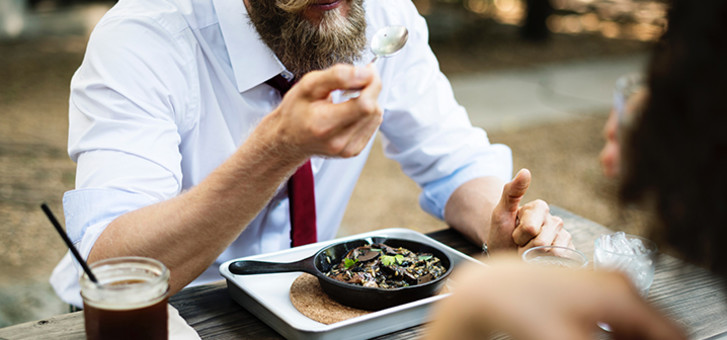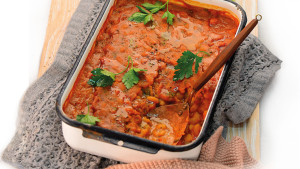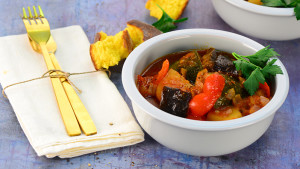Frequent eating out may be harming executives and those working in a fast-paced business world.
The damage
A new study on bank workers from Spain found that those with a “social-business eating pattern” had a 31 per cent increased risk of silent, yet deadly processes that precede the hardening of the arteries (subclinical atherosclerosis), compared to workers following a healthy Mediterranean dietary pattern.
The executive types were even worse off than those who followed a Western diet pattern, suggesting a lifestyle that incorporates frequent business lunches may be dangerous.
The culprit
The study, called PESA (progression of early subclinical atherosclerosis), of more than 4000 middle-aged people linked eating patterns with early changes in blood vessels—the type you cannot feel—and markers of inflammation. Those who had a “social-business eating pattern” lacked fruit and vegetables in their diet and consumed more red or processed meats, snacks, alcohol and sugary drinks. They also ate out frequently.
The remedy
The best healthy option is to bring lunch from home as often as possible. Use the weekends to prepare a few dishes in advance, which can be stored as lunch portions. Most cooked foods freeze well. Salads will store for days in the refrigerator if left undressed.
When of necessity you must eat out:
- Order only one plate or one course for yourself. Forget the trimmings. This might be an appetiser size, especially if you plan to eat out twice that day.
- Choose menu items that feature beans (legumes) and vegetables.
- Leave out the bread roll if your meal already includes rice, pasta or potato.
- Skip the rich dessert. If available, order a fruit platter instead.
- Drink sparking mineral water with a twist of lemon. Avoid alcohol and sugary drinks.
These tips will, over time, keep you leaner and prevent steep rises in your cholesterol, blood pressure and blood sugar levels as you age.

Mung bean, dill and seed salad
Transcend the hippie-dippy cliché and discover the delights of mung beans with this delicious, healthy gourmet salad.
Preparation time: 15 mins | Cooking time: 60 mins | Serves: 5
Ingredients
- 1 cup (220 g) mung beans
- 2 tbsp pine nuts
- 2 tbsp mixed pumpkin/sunflower seeds
- ½ small red onion, finely chopped
- 1 spring onion, finely chopped
- ½ bunch fresh dill (20 g), chopped
- 2 tbsp currants
- 2 tbsp capers
- 2 tbsp extra virgin olive oil
- 2 tbsp lemon juice
- ¼ tsp salt
Method
- Place mung beans in a saucepan and cover with 1 litre of water. Bring to the boil and cook for about 30 minutes until tender. Drain and allow to cool, then transfer to a large bowl.
- Meanwhile, dry toast the nuts/seeds in a pan and allow to cool.
- Add the remaining ingredients to the cooked beans, together with the nuts/seeds, and toss gently with a large spoon. Serve immediately or store in the fridge for several days. Makes 5 cups.
Tips
Mung beans don’t need to be soaked before cooking. If you soak them for 24 hours, the required cooking time may be less than 10 minutes.
Serve salad with a dollop of yoghurt and some pomegranate seeds.
PER SERVE: Energy 904 kJ (216 cal). Protein 13 g. Fat 14 g. Saturated fat 2 g. Carbohydrate 7 g. Fibre 9 g. Cholesterol 0 mg. Calcium 77 mg. Iron 3.8 mg. Sodium 261 mg.







